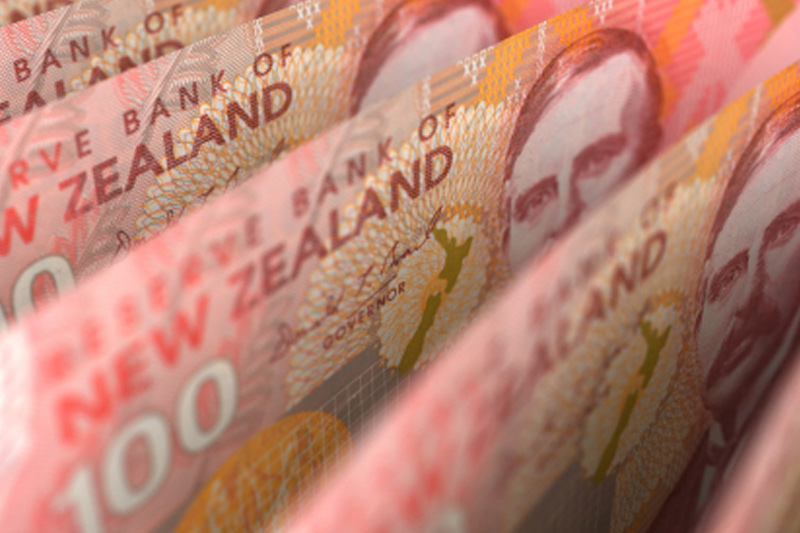Investing.com - The New Zealand dollar rebounded from an almost seven-month low against its U.S. counterpart on Friday, after data showed the U.S. economy created fewer jobs than expected in August, easing fears that the Federal Reserve may raise rates sooner than expected.
NZD/USD hit 0.8270 on Friday, the pair’s lowest since February 24, before turning higher to subsequently consolidate at 0.8328 by close of trade on Friday, up 0.27% for the day but still 0.35% lower for the week.
The pair is likely to find support at 0.8270, the low from September 5 and resistance at 0.8349, the high from September 4.
In a report, the Department of Labor said that the U.S. economy added 142,000 jobs in August, the lowest amount in eight months and less than the expected increase of 225,000.
The report also showed that the U.S. unemployment rate ticked down to 6.1% last month from 6.2%, but that was mostly due to more people dropping out of the labor force.
The weaker-than-expected jobs report was taken as a sign that the Federal Reserve will not begin raising interest rates anytime soon.
While the U.S. economy continues to gain steam, Fed Chair Janet Yellen has expressed concern over slackness persistent in the labor market.
A recent batch of upbeat data underlined optimism over the strength of the U.S. economy and fuelled expectations that the Fed will begin to raise rates sooner than previously thought.
Elsewhere, the kiwi ended the week higher against the euro after the European Central Bank cut rates to record lows across the euro zone and announced fresh stimulus measures in an attempt to shore up slowing growth and inflation in the region.
Data from the Commodities Futures Trading Commission released Friday showed that speculators decreased their bullish bets on the New Zealand dollar in the week ending September 2.
Net longs totaled 10,172 contracts, down slightly from net longs of 11,841 in the preceding week.
In the week ahead, investors will be looking ahead to Friday’s U.S. data on retail sales and consumer sentiment for further indications on the strength of the economic recovery and the possible future path of monetary policy.
A rate decision by New Zealand’s central bank on Thursday will also be in focus.
Ahead of the coming week, Investing.com has compiled a list of these and other significant events likely to affect the markets. The guide skips Tuesday and Wednesday as there are no relevant events on these days.
Monday, September 8
Markets in China are to remain closed for a national holiday; however the country is to release data on the trade balance, the difference in value between imports and exports.
Thursday, September 11
The Reserve Bank of New Zealand is to announce its benchmark interest rate and publish its rate statement, which outlines economic conditions and the factors affecting the monetary policy decision. The bank is also to hold a press conference to discuss the monetary policy decision.
China is to release data on consumer price inflation.
The U.S. is to produce the weekly report on initial jobless claims.
Friday, September 12
The U.S. is to release data on retail sales, the government measure of consumer spending, which accounts for the majority of overall economic activity. The U.S. is also to release what will be closely watched preliminary data on consumer sentiment.
